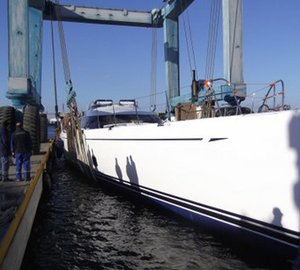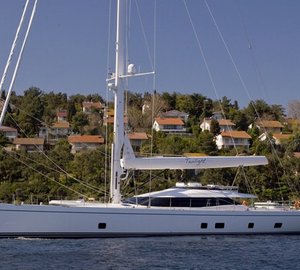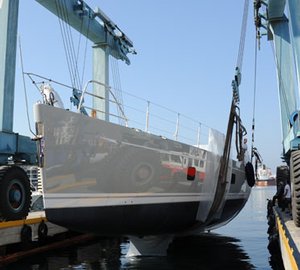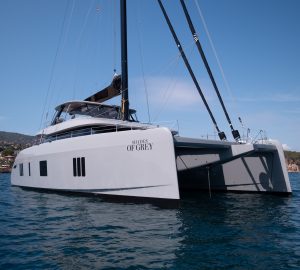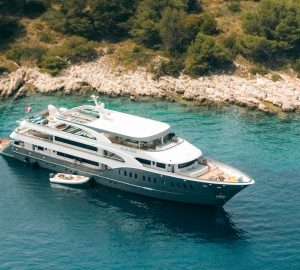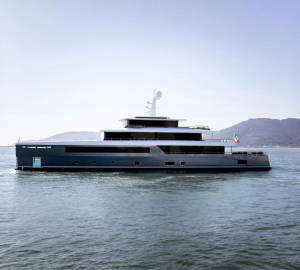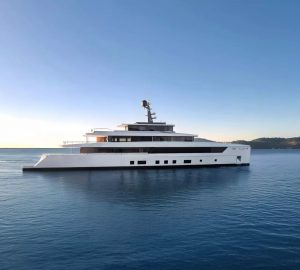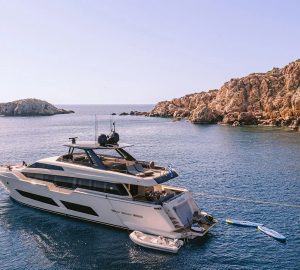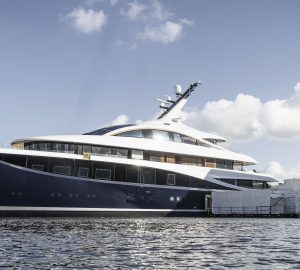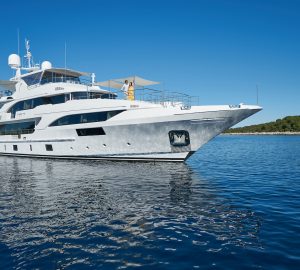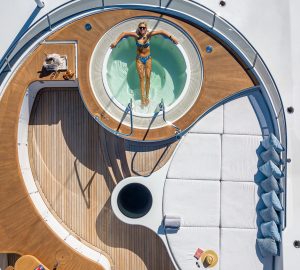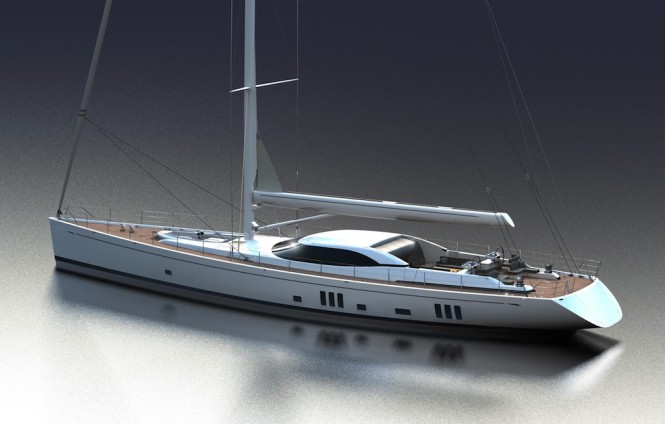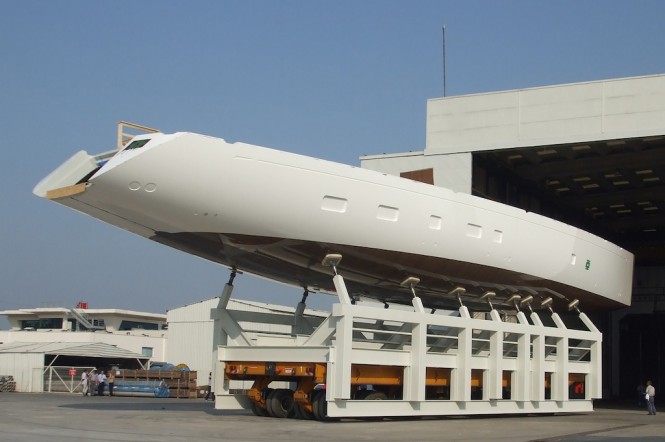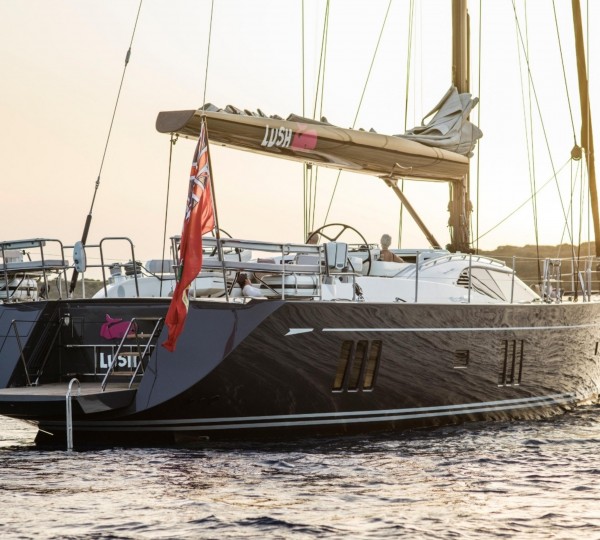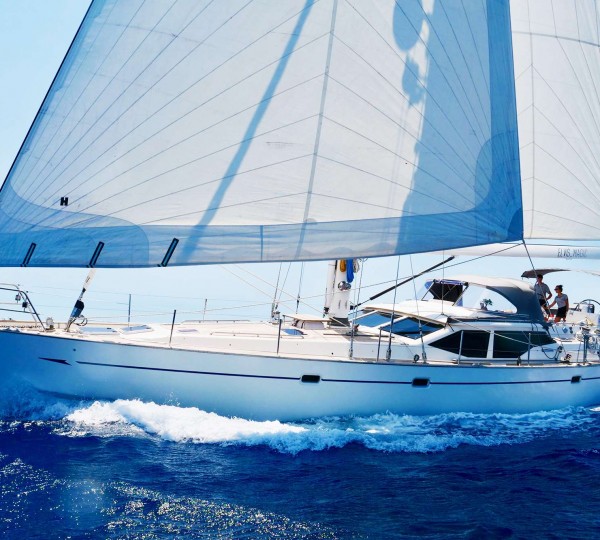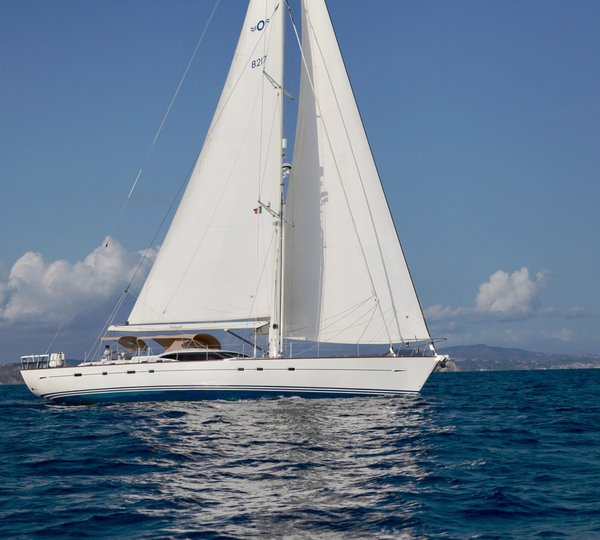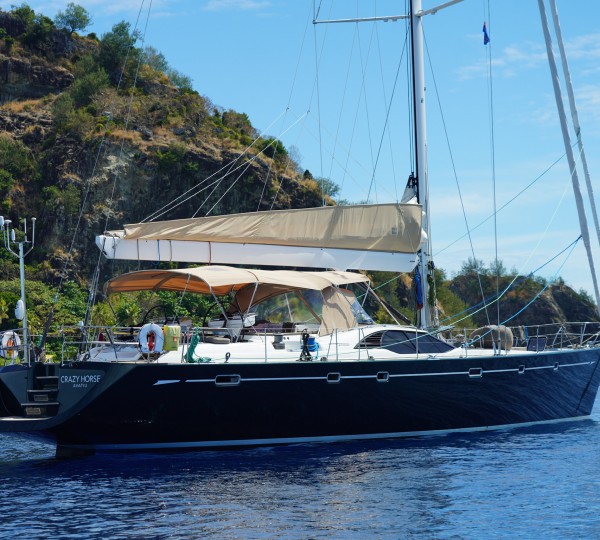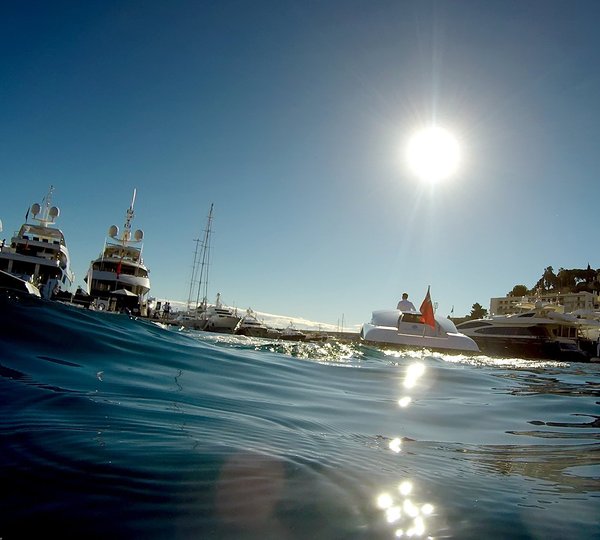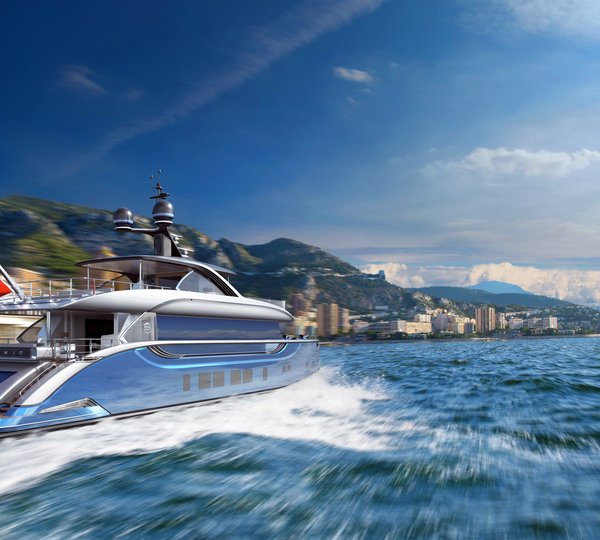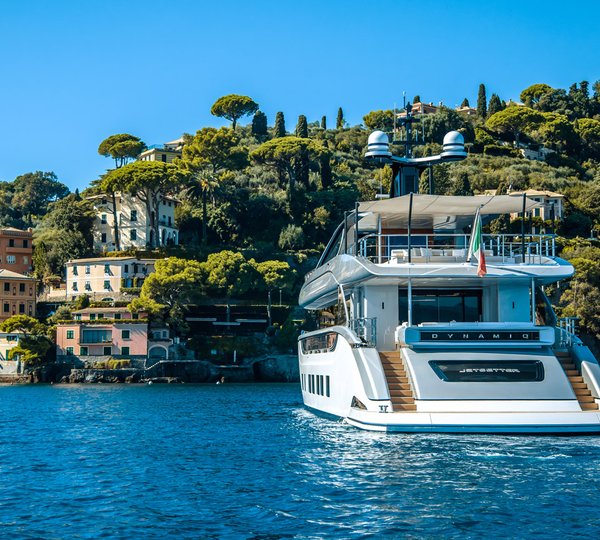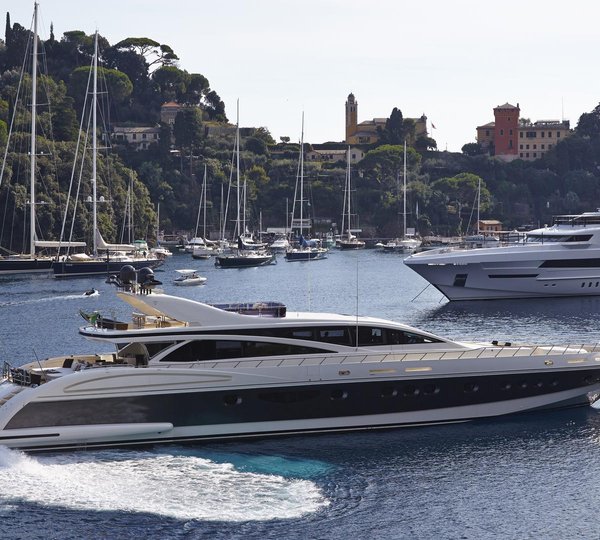Super Yacht OYSTER 125 has been released from the mould at RMK after the post curing process in their purpose built 40 metre oven. The Oyster 125 sailing yacht now holds the world record in the largest single continuous infusion at nearly 6.3 tonnes of resin flowing in around for hours. She is due to be delivered in 2011 and will be introduced by Oyster Superyachts at the 2010 Monaco Yacht Show together with their other outstanding yacht design Oyster 100.
The moulding of the new Oyster superyachts uses one of the most technically advanced aerospace standard composite injection systems, developed to produce a consistent high strength to weight laminate to maximise durability, in a controlled and environmentally friendly process.
The hi tech Kevlar and carbon substraits are used to maximise impact resistance and structural rigidity. Once the moulding process is complete, the hull and secondary structure are post-cured in a giant oven at 60º C for 48 hours to give the structure ultimate temperature stability. Computers monitor the whole process via thermo couplers, recording the temperatures at multiple points within the laminate.
A Lloyd’s surveyor oversees every aspect of the build, giving owners peace of mind about the whole manufacturing process.
Fit out of the first Oyster 125 superyacht is now under way and the yacht will be on the water in summer 2011. With four yachts in build by early Autumn 2010 – Oyster 100-01, 100-02 and 100-03 and Oyster 125-01 – the next build slot is for delivery 2012 and this exciting Oyster/RMK partnership is now gathering pace.
Notes on the infusion process of the Oyster 125 Sailing Yacht
1. The hull and deck moulds are polished to a mirror finish and the gel and skin coats are then applied.
2. The complex fibre lay-up of carbon, Kevlar and glass reinforcing, is determined using advanced structural analysis programmes to maximise strength. Time-proven Kevlar, which has six-times the strength of steel, is used below the waterline to enhance impact resistance, while carbon is specified throughout the rest of the hull to give it excellent structural rigidity.
3. The fibres are laid up in a dry state within the mould and checks made throughout the length of the hull to ensure these reinforcing match exactly with the specification matrix approved by Lloyds.
4. Once the hull and deck laminates are laid up, a vacuum process presses the materials together and removes the air prior to resin infusion, to provide totally reliable resin penetration throughout the structure.
5. Immediately before infusion, the vacuum seals are tested to ensure all air is removed from the laminate and checks are made on the myriad of resin infusion pipe work.
6. 6.3 tonnes of resin is infused under vacuum into the Oyster 125 yacht’s hull mould. 80% of the resin flows in during the first 20% of the process time, then slowly rises to the pressure head at the top of the gunwales.
7. Computers monitor the entire process, controlling resin flow and temperature changes.
8. Once the resin has cured to a touch-dry condition, the vacuum covers are removed. The hull then remains in stable state until the laminating technicians are ready to commence the second moulding stage of bonding the reinforcing structure inside the hull.
9. Once this second stage is complete, the hull moulding is post-cured in a giant oven at 60º C for 48 hours to achieve a highly stable structure.
10. The whole process is computer controlled and monitored using thermo couplers built into the mould to check temperatures within the laminate at multiple points within the moulding.
11. Once the moulding has cooled down, the hull is released from the mould and moved to the fit-out area ready for engineering and interior furniture prior to the deck being lifted on and bonded in place.
Oyster 125 sailing yacht and the Oyster 100 Superyacht will be both introduced at the 2010 Monaco Yacht Show by Dahm International.

